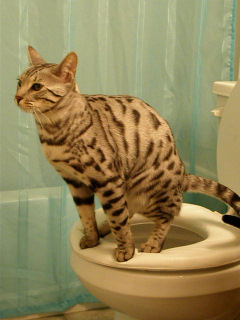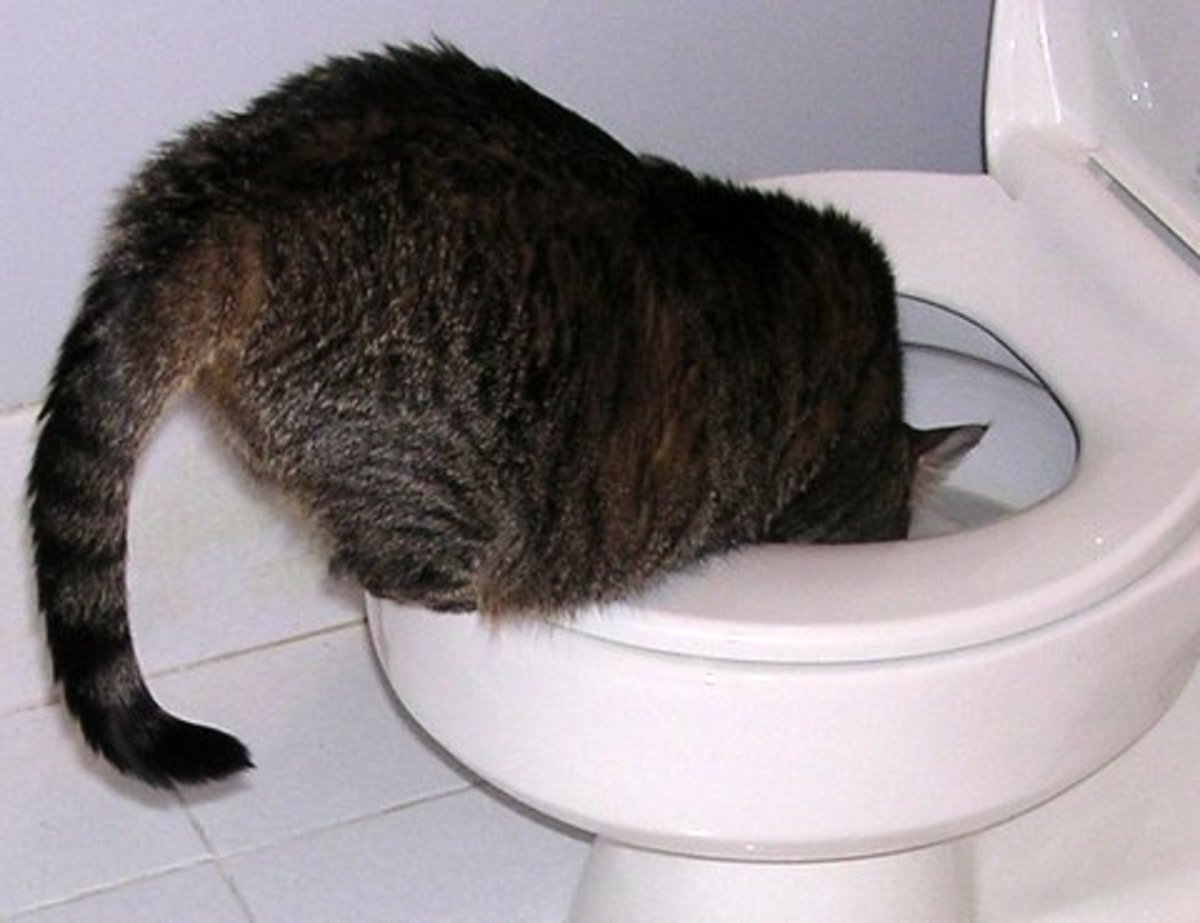Crucial Factors Regarding Flushing Animal Waste Down the Toilet
Crucial Factors Regarding Flushing Animal Waste Down the Toilet
Blog Article
What're your ideas concerning 4 Reasons Why Dog Poop Cleanup is Important?

When it pertains to throwing away waste, specifically animal waste, many individuals commonly turn to the hassle-free option of flushing it down the bathroom. Nonetheless, this seemingly easy option can have major consequences for the setting and public health. In this short article, we'll explore why flushing animal waste down the toilet is a negative concept and give different approaches for appropriate disposal.
Introduction
Correct garbage disposal is critical for preserving ecological sustainability and public health. While it might seem safe to flush animal waste down the commode, it can cause various problems, both for the environment and human health.
Risks of flushing pet waste
Environmental impact
Flushing pet waste presents hazardous microorganisms and pathogens right into rivers, which can negatively affect marine environments. These virus can contaminate water sources and damage aquatic life, disrupting delicate environments.
Public health issues
Pet waste consists of unsafe bacteria such as E. coli and Salmonella, which can position major health and wellness dangers to people. Flushing animal waste down the toilet can infect water products, bring about the spread of conditions and infections.
Alternatives to flushing
As opposed to purging animal waste down the toilet, there are several different disposal techniques that are much more environmentally friendly and sanitary.
Composting
Composting animal waste is an environment-friendly way to take care of it. By composting, organic matter is broken down into nutrient-rich dirt, which can be utilized to fertilize yards and plants.
Landfill disposal
Dealing with pet waste in a landfill is an additional option. While not as environmentally friendly as composting, it is a much safer choice to flushing, as it stops the contamination of water resources.
Animal garbage disposal systems
There are specific family pet waste disposal systems readily available that safely and hygienically throw away pet waste. These systems often use enzymes to break down waste and get rid of odors.
Actions to proper animal waste disposal
To make sure correct disposal of animal waste, comply with these actions:
Scooping and getting waste
Consistently scoop and bag pet waste utilizing eco-friendly bags. This protects against waste from infecting the setting.
Utilizing assigned waste bins
Dispose of bagged animal waste in marked waste containers, such as compost bins or land fill containers. Prevent flushing it down the toilet in all prices.
Cleaning up litter boxes and pet dog areas routinely
Routinely tidy litter boxes and pet locations to prevent the build-up of waste and bacteria. Usage pet-safe cleaning items to maintain health.
Advantages of appropriate disposal approaches
Adopting correct disposal methods for animal waste supplies several benefits:
Lowered environmental pollution
Proper disposal techniques lower the danger of environmental pollution, protecting waterways and environments from contamination
Decreased risk of water contamination.
By avoiding flushing animal waste down the bathroom, the danger of water contamination is dramatically lowered, safeguarding public health.
Improved cleanliness and hygiene
Appropriate disposal techniques advertise far better hygiene and health, producing a much safer environment for both humans and animals.
Verdict
Finally, website purging animal waste down the toilet is unsafe to the environment and public health. By adopting different disposal techniques and complying with proper waste monitoring techniques, we can reduce the negative influence of pet waste and add to a cleaner, healthier planet.
What To Do With Dog Poo – The Do's And Don'ts Of Disposing Of Faeces
Dog poo bins
Some councils provide dedicated dog waste bins in popular dog-walking areas that can take dog poo that has been bagged but you can legally dispose of dog waste in any public litter bin, as long as it is securely bagged. This also applies to your wheelie bin at home.
Do not flush
Water companies do not recommend flushing dog faeces down the toilet because certain parasites can survive the water processing treatment and are potentially harmful to humans. You should also never consider flushing dog poo that has been bagged down the toilet as the bags will not break down and instead create severe blockages in the sewage system.
In the woods
The Forestry Commission promotes a ‘stick and flick’ method for dealing with waste in the woods. This means finding a stick and using it to flick any poo from off the path so that it is out of the way of other walkers. You could also bury it as long as it is not in an area where there might be livestock.
Livestock
Parasites found in dog poo can be transmitted to livestock if they inadvertently eat infected faeces that has been left on grazing land. This could result in the death of sheep or abortion in cattle so you should always make sure you pick up your dog’s waste in fields where livestock could be present.

Routinely tidy litter boxes and pet locations to prevent the build-up of waste and bacteria. Usage pet-safe cleaning items to maintain health.
Advantages of appropriate disposal approaches
Adopting correct disposal methods for animal waste supplies several benefits:
Lowered environmental pollution
Proper disposal techniques lower the danger of environmental pollution, protecting waterways and environments from contamination
Decreased risk of water contamination.
By avoiding flushing animal waste down the bathroom, the danger of water contamination is dramatically lowered, safeguarding public health.
Improved cleanliness and hygiene
Appropriate disposal techniques advertise far better hygiene and health, producing a much safer environment for both humans and animals.
Verdict
Finally, website purging animal waste down the toilet is unsafe to the environment and public health. By adopting different disposal techniques and complying with proper waste monitoring techniques, we can reduce the negative influence of pet waste and add to a cleaner, healthier planet.
What To Do With Dog Poo – The Do's And Don'ts Of Disposing Of Faeces
Dog poo bins
Some councils provide dedicated dog waste bins in popular dog-walking areas that can take dog poo that has been bagged but you can legally dispose of dog waste in any public litter bin, as long as it is securely bagged. This also applies to your wheelie bin at home.
Do not flush
Water companies do not recommend flushing dog faeces down the toilet because certain parasites can survive the water processing treatment and are potentially harmful to humans. You should also never consider flushing dog poo that has been bagged down the toilet as the bags will not break down and instead create severe blockages in the sewage system.
In the woods
The Forestry Commission promotes a ‘stick and flick’ method for dealing with waste in the woods. This means finding a stick and using it to flick any poo from off the path so that it is out of the way of other walkers. You could also bury it as long as it is not in an area where there might be livestock.
Livestock
Parasites found in dog poo can be transmitted to livestock if they inadvertently eat infected faeces that has been left on grazing land. This could result in the death of sheep or abortion in cattle so you should always make sure you pick up your dog’s waste in fields where livestock could be present.

As a devoted person who reads on Why you should never flush dog poop down the toilet, I think sharing that segment was beneficial. Do you know about another individual who is excited about the subject? Be sure share it. Thanks so much for taking the time to read it.
Request An Estimate Report this page